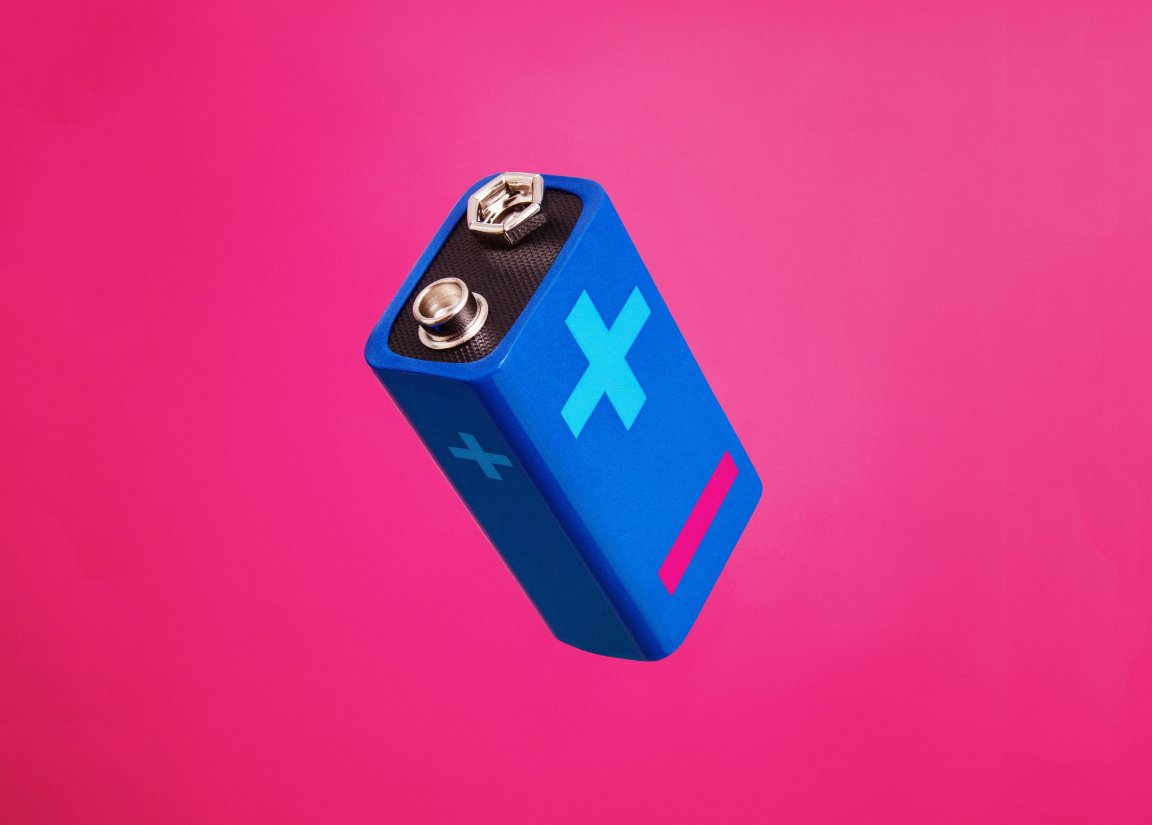
Flow Battery
Scientists from Penn State University may have made the ultimate recycling machine—a flow battery that turns carbon dioxide (CO2) into energy.
Here’s how this inexpensive flow battery works. Flow batteries normally contain two channels of

liquid divided by a membrane that prevents them from mixing. In this recent discovery, the scientists placed a sodium bicarbonate and water solution with air on one side, and dissolved CO2 in between manganese oxide electrons on the other. This resulted in a higher concentration of protons on the latter side. The varying concentrations of the positively charged protons, called pH, is what creates the current and generates electricity.
Once the flow cell is discharged, it will recharge by switching each channel’s solution flow. Tests show that this can be done 50 times before with consistent results.
Better Batteries
This method isn’t exactly new. Others have tried to create the same type of battery but the outcome was either too expensive to achieve or it produced very little power. In this new study, the battery produced two hundred times more power per unit of size than any of the previous experiments. This most recent model also works at room temperature and uses inexpensive materials.
However, it will still take a while before this type of battery can be used to power our smartphones.
According to Christopher A. Gorski who spoke to Phys.org:
We are currently looking to see how the solution conditions can be optimized to maximize the amount of energy produced. We are also investigating if we can dissolve chemicals in the water that exhibit pH-dependent redox properties, thus allowing us to increase the amount of energy that can be recovered. The latter approach would be analogous to a flow battery, which reduces and oxidizes dissolved chemicals in aqueous solutions, except we are causing them to be reduced and oxidized here by changing the solution pH with CO2.
Despite its improvements since previous versions, the battery’s power density is still low. Given that, there’s no point in using a system that will deliver only a fraction of the energy that is required to build and charge the battery. However, with further study, this type of battery could prove to be an affordable and useful way to create electricity from CO2. Eventually, we could see these batteries being used to power fossil fuel power station so that they could recycle their CO2 emissions and deliver more power. This could be a useful tool as we transition away from fossil fuels towards renewable resources. A battery like this could potentially help to lessen the amount of CO2 in the atmosphere and minimize our current influence on climate change.